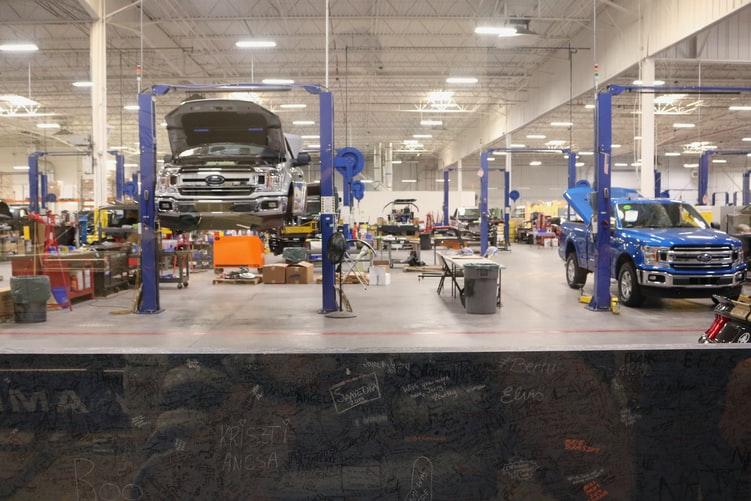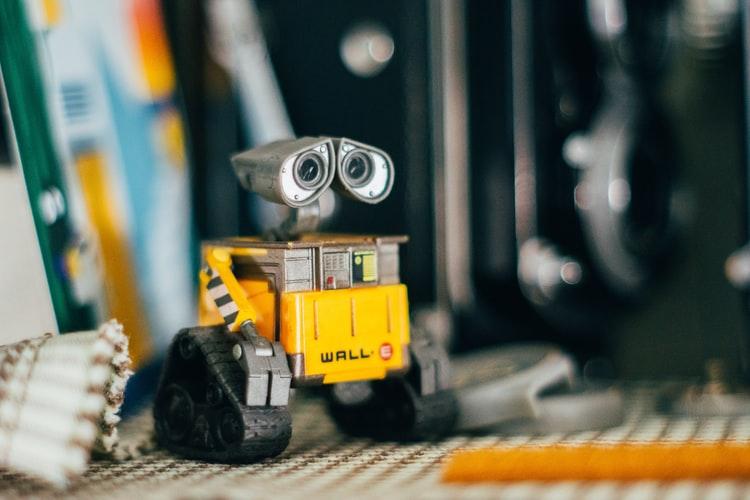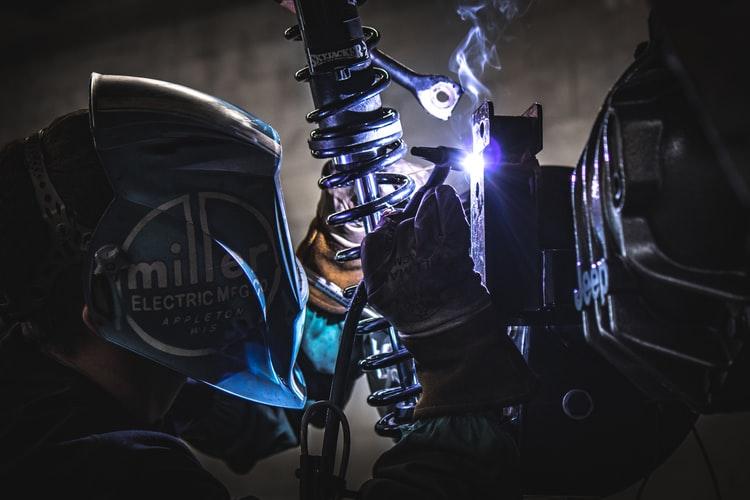
The automotive industry has been using robots on its assembly lines for a number of production processes for more than 50 years. Today, the use of robotics in many more processes is being discussed by automakers. On these production lines, robots are more effective, reliable, scalable, and dependable. This technology has made it possible for the automotive industry to remain one of the world’s most automated supply chains and one of the largest robot users.
It takes a complicated manufacturing process with thousands of wires and parts in every vehicle to bring components to where they need to be. For an effective assembly line, there are many robotic applications that are crucial. Below we delve into some of the top applications of robots in the automotive industry.
Part Transfer and Machine Tending
Part transfer and machine tending are some of the core activities in the automotive manufacturing industry. It involves moving and positioning of both small and large parts. Ultimately, it is unsafe for human workers to move metal stamps, load and unload CNC machines, and pour molten metal into a smelter. For large industrial robots, this form of work is fine. For smaller production processes, system tending and loading/unloading activities are often performed by smaller cobots. This makes robots essential in part transfer and machine tending in this industry.
Robotic Vision

A light industrial robotic arm with “eyes” will do more accurate work as it can essentially “see” what it is doing. Here, the robot wrist has a laser and camera array that provides instant feedback to the computer. When installing a component, robots can now perform proper offsetting, since they know where it is going. With robotic vision, the installation of door panels, windshields, and fenders is more precise than the traditional robotic arm.
Internal Logistics
In a manufacturing setting, autonomous mobile robots (AMRs) and other automated vehicles, such as forklifts, can be used to move raw materials and other components from storage areas to the factory floor. For example, in Spain, Ford Motor Co. recently adopted Mobile Industrial Robots (MiR) AMRs to supply industrial and welding materials to various robot stations on the factory floor, replacing the manual process of delivering industrial and welding materials. This results in improved efficiency and speed of work.
Spot and Arc Welding

Spot welding on heavy body panels is performed by massive industrial robots with long arms and higher payload capabilities. Lighter elements such as mounts and brackets are welded by smaller robots. On every cycle, robotic tungsten inert gas (TIG) and metal inert gas (MIG) welders will place the torch in the same exact orientation. Due to the repeatable arc and speed distance, maintaining high welding standards in any development is feasible, and this is what has made automated welding processes essential in the automotive industry.
Collaborative robots on huge assembly lines operate together with other big industrial robots. To keep the assembly line running, robotic welders and handlers must work together. In order for the welding robot to perform all the scheduled welds, robot handlers need to position panels at the exact spot.
Painting, Sealing and Coating
The job of an automotive painter is not an easy one, and it is also extremely toxic. Labor shortages also make getting skilled, professional painters more difficult. This is where technology comes in handy: robotic arms can fill in the void because each coat of paint requires consistency for the job, a specialty for robots. A programmed path can be followed by robots, consistently covering large areas and limiting waste. When it comes to spraying adhesives, sealants, and primers, machines are also helpful.
By delegating these potentially toxic and precision works to robots, the automotive industry has been able to reduce on health insurance costs and do the precision works faster with minimal wastage of resources.
Assembly
Due to the high accuracy and expertise needed, assembly operations present great difficulties for scalable automation. Therefore, by using smart robots that operate with great accuracy and speed, many assembly processes in the industry have been automated.
Light robotic arms are used to assemble smaller parts such as motors and pumps at high speed in most automotive manufacturing plants. The heavy hitters are employed to perform other things, such as screw driving, wheel-setting, and windshield installation. All these are crucial components of any automotive industry, and the speed and accuracy with which they are carried out usually affects the overall productivity of the setup.
The use of robots in the assembly process also minimizes the risks associated with heavy lifting. This is because here, the margin of error is very small, and for humans, especially when tired, they are inadvertently prone to errors that can endanger them and bring about losses in the business.
The Bottom Line
Currently, in the automotive sector, robots are commonly used and have become an indispensable feature in a significant part of the production processes. In order to improve the efficiency and quality of goods, a huge number of manufacturers rely on adaptable robots for various tasks in their operations. This is because industrial robotics allows various challenging production line tasks to be automated and introduces versatility into the process.
From part transfer, machine tending, welding, and paint works, robots have revolutionized the way that tasks are carried out in the auto industry. With these robotic applications, the automotive industry has been able to grow in leaps and bounds in the last few years. The current market, however, needs very flexible systems that allow regular adjustments to be made to goods with minimal costs.
